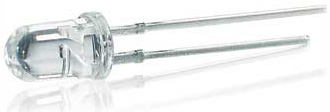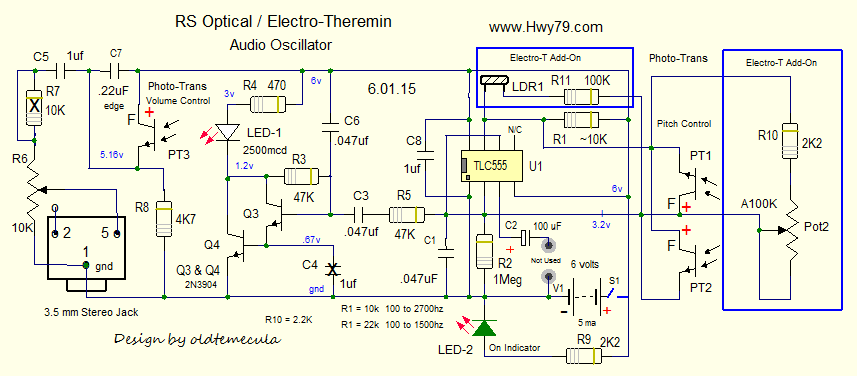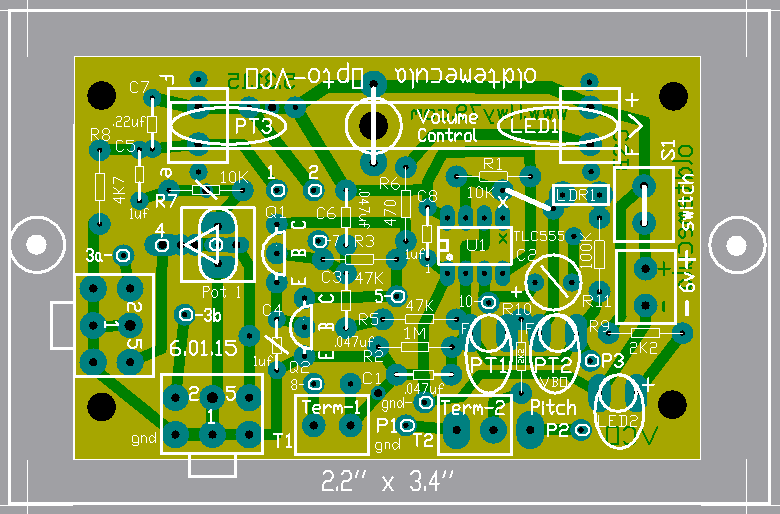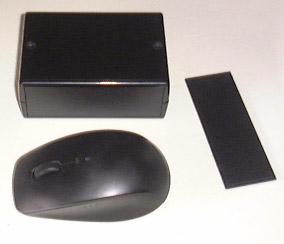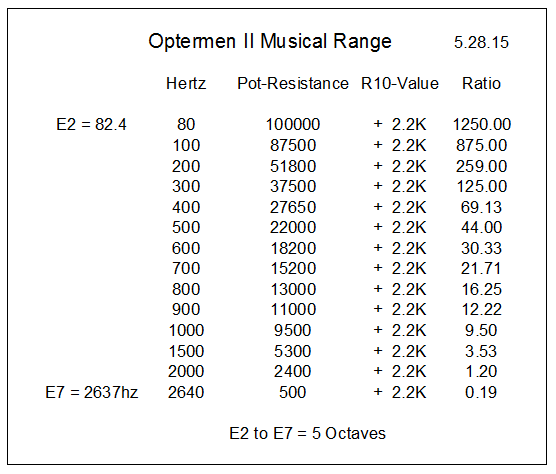|
Opto-VCO 11.20.18 Still waiting for that first builder to start a discussion!
Note: PT1 & PT2 & PT3 are photo-transistors which respond better than a single LDR light dependant resistor.
Verify PCB connections to schematic above, let me know of any errors? Mouser list needs update.
This layout matches the enclosure on the Mouser List - TRS jack can mount in either direction PT3 & LED1 mount in 5 mm terminals facing away from the board. Then insert PT3 & LED1 and fold them over the top of the terminal so they point at one another. Add the light blocking black tube which is now about 1/2" above the board. Bending the black tube at the center is what controls the volume response. - You get to think up the best method for Light Control Interaction or Electro-Theremin mechanics - I added pads in front of PT1 & PT2 for a Potentiometer, this is for a Electro-Theremin/ Tannerin mechanical add-on. You might need a black plastic sleeve around the phototransistors to block the light coming from the sides. This will make the light exposure more directional toward the phototransistors front lenses. The photo-transistors are set back when using the black enclosure. The Audio Output is taken from a 1/8" (3.5 mm) stereo jack into your amp or computer. The AAA six volt battery pack will last for years, even if left on! The current drain is under 4 ma. This homemade pcb method using a PDF is a skill you should develop. If there is a lot of interest in this project I will get some commercially made PCB's in the future and furnish the black rubber tube. Mouser
Parts List Top Opto-Silkscreen.pdf
Bottom Opto-Copper.pdf Youtube video on PCB making Expand Your Imagination If you
explore this project you might be on the cutting edge of something original.
Post your results in my Chat Forum. Start a thread and title it "I Want To Make the Opto-VCO board". Come join me for some basic talk! If you have an idea that would improve this design, share with everyone your creativity. If you develop your own version of this design and post to YouTube, I will be happy to post a link here. Good Luck from oldtemecula |
